Introduction: Taming the Shaking Washing Machine
A washing machine shaking excessively during operation can be a cause for concern. Not only can it disrupt the laundry process, but it may also lead to potential damage to the machine itself or surrounding objects. Fortunately, there are effective techniques to address this issue and ensure a stable washing machine. In this comprehensive guide, we will explore various causes of washing machine shaking and provide specific strategies to resolve it. By understanding the underlying reasons and implementing appropriate remedies, you can regain control over your washing machine and enjoy a smoother laundry experience.
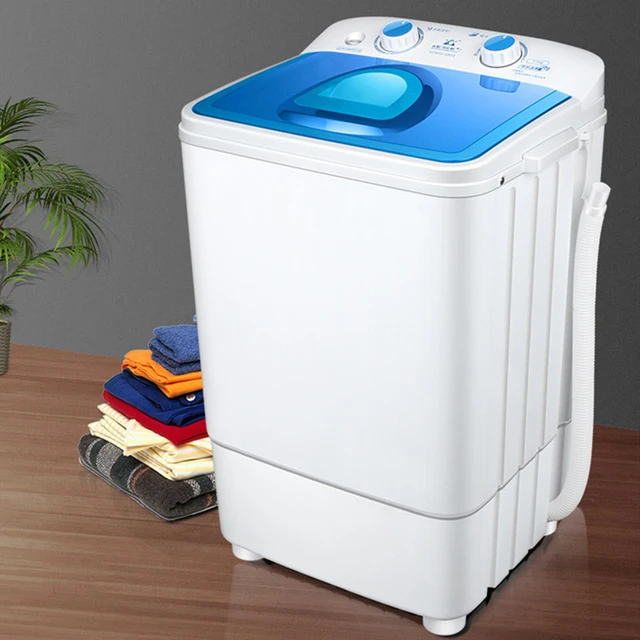
Resolving Washing Machine Shaking: Techniques for a Stable Appliance
-
Checking for Proper Leveling
a. Evaluating machine stability: Start by assessing the stability of your washing machine. Ensure that it is resting on a level surface and that all its feet are correctly adjusted. Uneven surfaces or misaligned feet can contribute to excessive shaking during operation.
b. Adjusting leveling feet: Use a spirit level to determine if your machine is leaning or tilting in any direction. If necessary, adjust the leveling feet accordingly to achieve a stable and balanced position. Refer to the machine’s manual for specific instructions on foot adjustment.
-
Verifying Load Distribution
a. Balancing the load: Uneven load distribution inside the machine drum can cause imbalance and subsequent shaking. When loading the machine, distribute the laundry evenly to ensure uniform weight distribution. Mix heavy and light items throughout the load to promote balance.
b. Avoiding overloaded loads: Overloading the washing machine can strain its suspension system and lead to excessive shaking. Follow the manufacturer’s recommendations for load capacity and avoid cramming too many items into a single cycle. Opt for smaller loads or divide large ones into multiple cycles if necessary.
c. Single bulky items: For bulky items like blankets or comforters, ensure they are spread out evenly in the drum. Folding or rolling them tightly can create imbalance and contribute to shaking. Consider washing these items separately to reduce the strain on the machine.
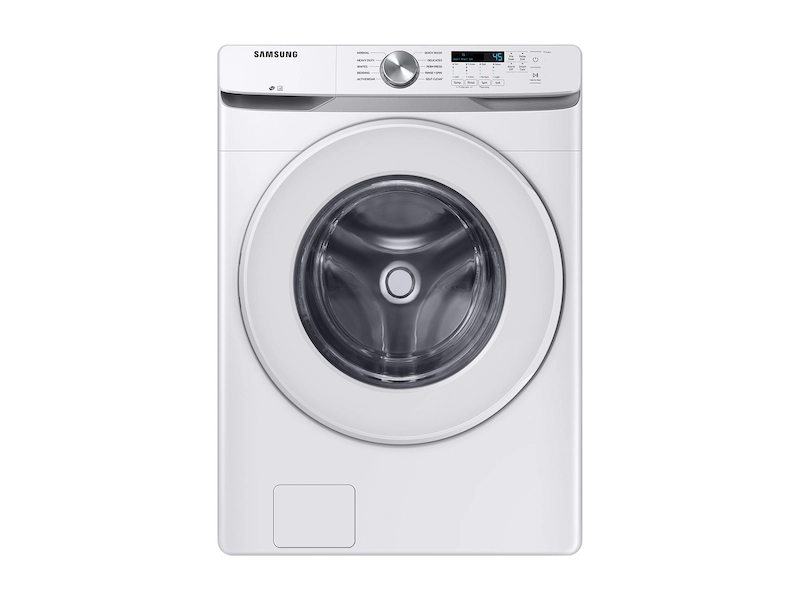
-
Correcting Machine Positioning
a. Checking machine proximity: Confirm that the washing machine is not in direct contact with nearby walls, cabinets, or other objects. These obstructions can restrict the machine’s movement during operation, exacerbating shaking. Leave sufficient space for clearance on all sides of the machine.
b. Securing against movement: Use nonslip pads or anti-vibration mats beneath the machine to minimize movement and shaking. These products help to absorb vibrations and keep the machine stable during operation. Ensure that the machine rests securely on the pad, with all feet making contact.
c. Anchoring for top-loading machines: If you have a top-loading machine, consider anchoring it to a nearby wall using anti-tip brackets. These brackets help to stabilize the machine and prevent excessive shaking caused by the rotational movement of the agitator.
-
Addressing Imbalanced Loads
a. Utilizing the machine’s automatic balancing feature: Many modern washing machines are equipped with automatic balancing systems that detect and correct imbalances during operation. If your machine has this feature, allow it to run its course and adjust the load as needed for optimal balance.
b. Manual redistribution of laundry: If your machine does not have an automatic balancing system, pause the cycle when the shaking becomes noticeable. Open the door and manually redistribute the laundry to ensure even weight distribution. Close the door and resume the cycle.
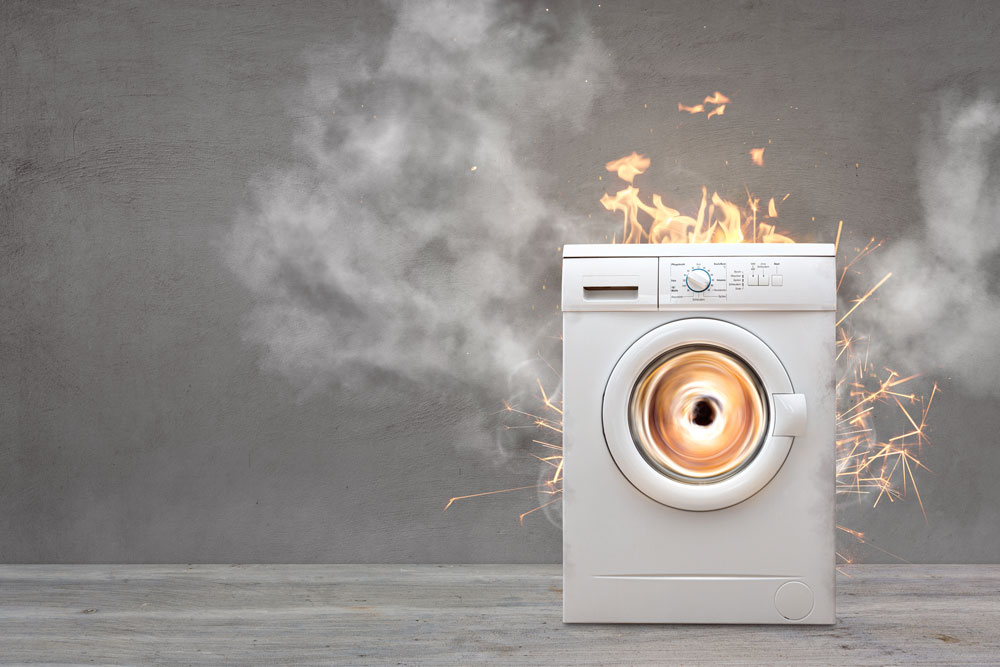
-
Ensuring Proper Drainage
a. Inspecting the drain hose: Examine the drain hose to ensure it is not bent, kinked, or blocked in any way. A restricted or obstructed drain hose can impede the flow of water and lead to shaking during the spin cycle. Straighten or replace the hose if necessary.
b. Verifying proper drain height: Confirm that the drain hose is positioned at the correct height relative to the machine. If the hose is too low or too high, it can cause water to drain improperly, leading to imbalances and shaking. Consult the machine’s manual for recommended drain heights.
-
Maintaining Machine Parts
a. Checking suspension springs or dampers: Suspension springs or dampers play a crucial role in reducing vibrations and maintaining balance during operation. Inspect these components for signs of damage, wear, or deterioration. If any issues are detected, consult a professional technician to replace the faulty parts.
b. Examining the drum: Occasionally, an imbalanced drum can lead to shaking or vibration during operation. Check the drum for loose items, damage, or foreign objects that may be causing imbalance. Remove any obstructions and ensure the drum rotates freely.
c. Cleaning the machine: Regularly clean your washing machine to prevent the accumulation of dirt, lint, or detergent residues that can affect its performance. Pay particular attention to the drum, agitator, and other internal components. Refer to the machine’s manual for proper cleaning instructions.
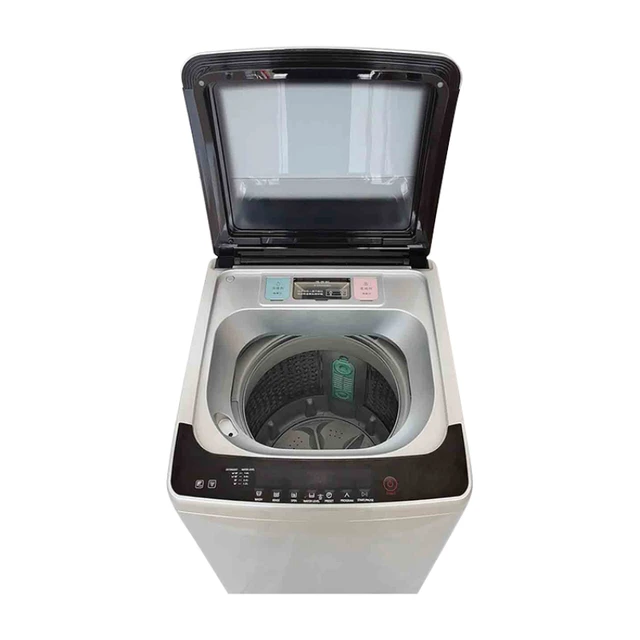
-
Checking for Structural Issues
a. Assessing the flooring: Uneven or weak flooring beneath the washing machine can contribute to shaking and vibrations. Check the condition of the floor and ensure it is stable and level. Consider reinforcing the floor or using a sturdy platform to provide a solid base for the machine.
b. Inspecting machine parts: Examine other machine components such as the motor, drive belt, and pulleys for any signs of wear, damage, or misalignment. These issues can lead to imbalances and shaking during operation. If any problems are detected, consult a professional technician for repairs or replacements.
c. Protecting against excessive movement: If your washing machine is located on an upper level or in an area prone to earthquakes or strong vibrations, consider using earthquake straps or brackets to secure the machine to the floor or nearby wall. These additional measures can help minimize shaking during unforeseen events.
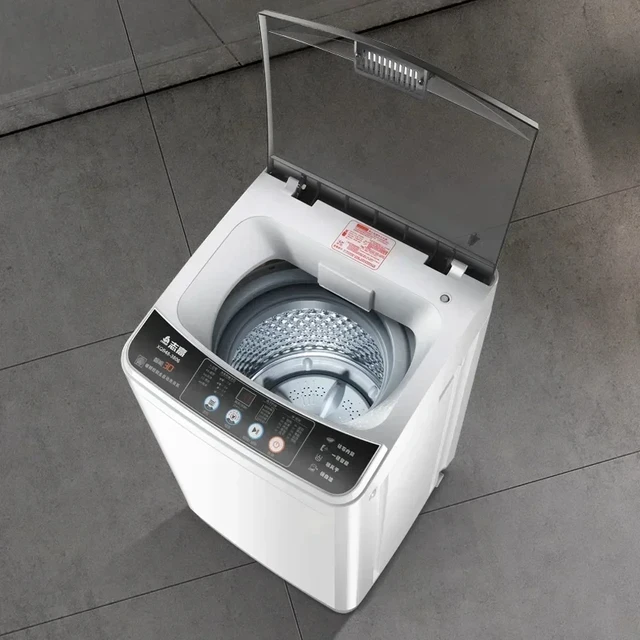
Conclusion: Achieving Stability for an Optimal Laundry Experience
A shaking washing machine can be disruptive and concerning, but with the appropriate techniques and remedies, you can restore stability during operation. By checking for proper leveling, verifying load distribution, correcting machine positioning, addressing imbalanced loads, ensuring proper drainage, and maintaining machine parts, you can effectively reduce shaking and vibration.
Remember to consult your machine’s manual for specific recommendations and instructions tailored to your model. With these techniques in mind and informed troubleshooting, you can achieve a stable washing machine, leading to an optimal laundry experience with minimal shaking and maximum efficiency.

